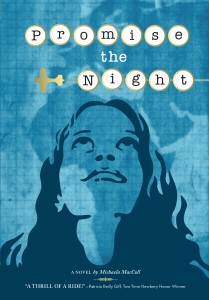 I am thrilled to welcome Michaela MacColl to my blog! Her book PROMISE THE NIGHT tells the story of young Beryl Markham, who grew up to be a record-breaking aviatrix, an adventurer, a nonconformist, and a writer.
I am thrilled to welcome Michaela MacColl to my blog! Her book PROMISE THE NIGHT tells the story of young Beryl Markham, who grew up to be a record-breaking aviatrix, an adventurer, a nonconformist, and a writer.
Read an excerpt here.
Below you’ll find the conversation we shared about her lovely book.
***
My other blog, VivaScriva.com, focuses on critique and the writing process so let’s start there. Do you have a critique group? What role did critique play in PROMISE THE NIGHT?
I have a lovely critique group. We’ve met weekly for six or seven years now. Most of us are published, but we didn’t start out that way. I have to admit that my group saved the world from a very bad biography of Beryl Markham.
When I first decided to write about her, I found that the only kids’ biographies were very dated. Aha! I thought. (And I can’t believe I even said this) How hard can it be to write a biography? Apparently it is really hard. I couldn’t get away from the fictionalized story I wanted to tell. Finally my group metaphorically shook me and said “Just write a novel!” They were right and so supportive.
When I’m writing nonfiction, I find that the book falls into place when I discover the right format for the story. In PROMISE THE NIGHT, you alternate eleven-year-old Beryl’s narrative with grown-up Beryl’s flight across the Atlantic. How did you decide on this structure?
One of my greatest challenges was how to write a story about Beryl the child, when Beryl the adult is the one who did something famous (she was the first to cross the Atlantic East to West solo). At first I wrote the flight as an epilogue, but it felt too tacked on. I had to find a way to show how Beryl’s adventures as a child enabled her to break flying records as an adult. It was complicated because I wanted to relate each adult vignette to a childhood chapter – but after many outlines and a ridiculous number of post-its, I came up with a structure that worked.
I loved Beryl Markham’s own book WEST WITH THE NIGHT. How did her writing influence yours?
On the one hand, it’s a gift to have her own words in front of me. I learned so much about her personality from the way she described her childhood. On the other hand, it’s pretty daunting since the memoir is so good. Ultimately, I tried to channel her spare prose into mine. I ruthlessly trimmed (and then my editor got started) until I told the story in as few words as possible. Beryl wouldn’t have wasted words, neither should I!
Of course this was such a departure from my first book, Prisoners in the Palace about Princess Victoria. There the language is ornate, layered and thick.
You had to deal with some tough (and very adult) topics—male circumcision, the Captain’s relationship with Emma, his concerns over Beryl’s interactions with Kibii and Mehru. Some might have said it couldn’t be done in a middle grade novel, yet you pulled it off. Can you tell us how you found your way in this area?
I’m pretty squeamish, so I didn’t want to make people squirm. I’m also the parent of two teenage daughters and it’s important to me that kids can read my books without feeling too uncomfortable. Ultimately the answer to dealing with these issues was to plant my narration firmly in Beryl’s point of view. She’s not shocked so why should the reader be?
Beryl Markham chafed against the rigid social and gender roles of her time. How do you think she would have responded to the opportunity and freedoms girls have today?
I’ve wondered about that. Thoroughbred racing and flying were inherently exciting and a natural destination for a risk-seeker no matter how inappropriate they were for a girl to do. But I think if she were alive today, she would be taking even greater risks. Ultimately though, Beryl didn’t think of herself as a girl breaking gender barriers, she was just doing what she wanted to do. The first page in Promise the Night is a quotation from Beryl where she says she wants to fly the Atlantic not as a society girl but as pilot. No gender specified.
I’ve always been fascinated by the heros of the Golden Age of Exploration like Beryl Markham, Ernest Shackleton and Edmund Hillary. What do you think drove them to take such risks in their quests to be first?
They say that thoroughbred stallions are bred to win. They run fast to achieve dominance over their peers (so to speak). I think the explorers and the pioneers are all trying to win the acclaim of the other explorers and pioneers. But there is also a financial consideration. The person who breaks the record is the one who gets the sponsorship deals, the speaking engagements, even the movie gig.
Are there any new frontiers for girls today?
The first thing that comes to mind is President of the United States… And if that’s the last frontier, then girls are doing well!
True confessions—my daughter is named Beryl and my son is Shackleton. Do you think I’m crazy?
Yes! (I had to talk my husband out of naming our first daughter Cassandra. Can you imagine a more ill-omened name?)
What is the most interesting thing that you learned about Beryl Markham but couldn’t include in the book—and why couldn’t you?
Beryl’s childhood is full of instances when she challenges the societal norms and does purely as she likes. When she continued to do this as an adult, the stakes get higher. The most fascinating thing I found out about Beryl involved her love life. She married Lord Markham in her late 20’s, but at the same time, she also had a very public affair with the Duke of Gloucester (the brother of the Prince of Wales) when he visited Africa on safari. Her husband got fed up and threatened to name the Duke in the divorce. Needless to say Buckingham Palace had a strong opinion about this; Markham was told in no uncertain terms to involve the Duke. He replied that he wasn’t going to support her. So until the day she died, Beryl received a pension from Buckingham Palace. It’s a great story, right? So inappropriate for middle grade!
PROMISE THE NIGHT focuses on a narrow window of Beryl Markham’s extraordinary life. Were you ready to let go?
I wouldn’t mind going back and writing about her life as a racehorse trainer. I grew up on the Black Stallion novels and I would love to write about racing. Otherwise, on to the next novel!
 I am lucky enough to live in Portland, Oregon, home of Powell’s City of Books and many other independent bookstores including one of my favorites–A Children’s Place.
I am lucky enough to live in Portland, Oregon, home of Powell’s City of Books and many other independent bookstores including one of my favorites–A Children’s Place.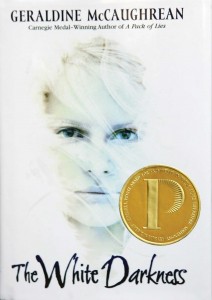
 Perfect pacing.
Perfect pacing.
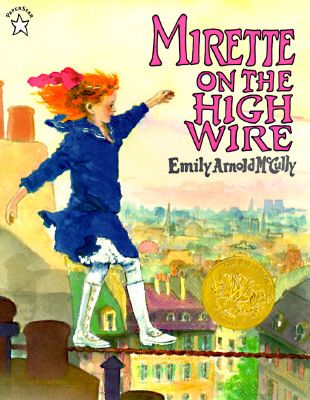
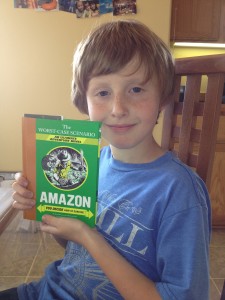

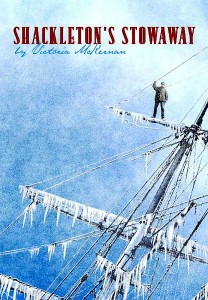
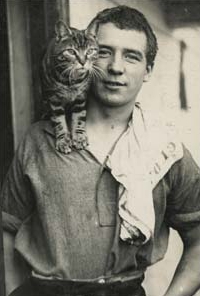
 I am thrilled to welcome
I am thrilled to welcome 